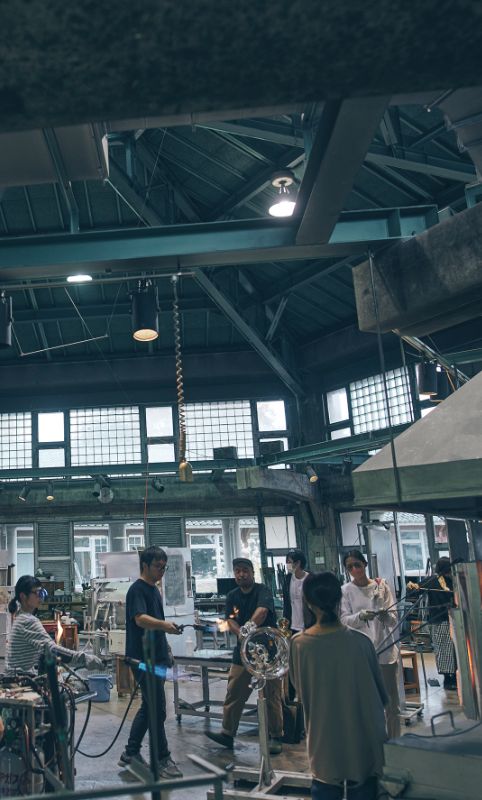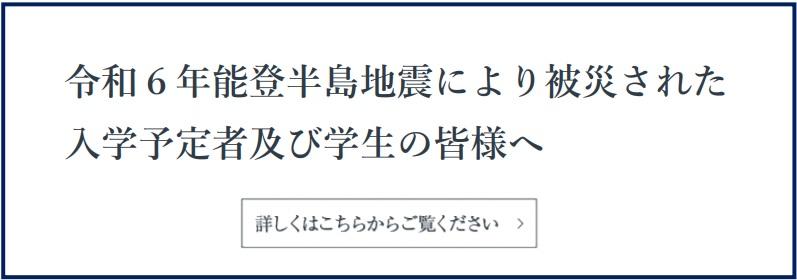わたしとガラスの
未見に出会う
Discovering what you have not learned about glass
NEWS
ABOUT TIGA
Guided by many professionals,
a strong foundation
for a diverse life in
glass is established.
a strong foundation
for a diverse life in
glass is established.
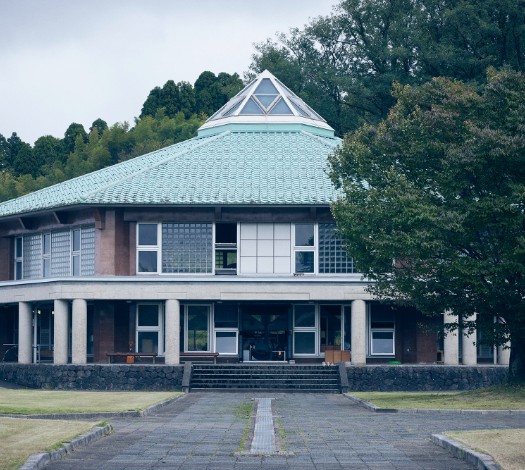
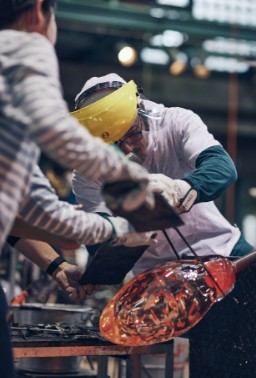
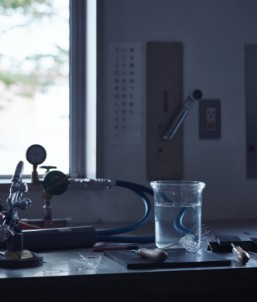
Toyama Institute of Glass Art (TIGA) was founded in 1991 as Japan's first public educational institution specializing in glass art.
Fascinated by the charm of glass, talented students from all over Japan and overseas are studying here in a creative environment with excellent facilities for artwork production. Day after day they work hard to improve their skills and foster creativity with an aim of establishing themselves as professionals.
Many of our graduates are successfully working as independent artists, as staff members of studios in and Out of Japan, or as teachers in universities, high schools and technical schools in a wide-ranging field including art, craft, architecture and design.
Fascinated by the charm of glass, talented students from all over Japan and overseas are studying here in a creative environment with excellent facilities for artwork production. Day after day they work hard to improve their skills and foster creativity with an aim of establishing themselves as professionals.
Many of our graduates are successfully working as independent artists, as staff members of studios in and Out of Japan, or as teachers in universities, high schools and technical schools in a wide-ranging field including art, craft, architecture and design.



FEATURES





FEATURES
Six professors including two from overseas teach throughout the year.
TIGA’s environment is ideal for learning new techniques and ideas of global relevance.
Six professors with rich experience teach their subjects of specialization for two years. Two professors from overseas teach through the year, adding an international perspective to the program. TIGA provides an international and highly professional learning environment.

One of the best equipped facilities in Japan and a creative environment abundant in nature.
TIGA has facilities for all specialized areas of glass art. It offers an excellent environment for learning highly specialized techniques. The institute is housed in a building standing at the edge of Mt. Kureha and surrounded by rich greenery, which provides a nice setting for the students to concentrate on the production of glasswork while discovering through the process.

Learning by watching professionals at the adjacent Toyama Glass Studio.
In the Toyama Glass Studio, which stands adjacent to the Institute, the students can watch professional glass artists create their work. It also offers part-time work opportunities for students as well as employment opportunities for graduates. The Toyama Glass Studio rents out equipment at a lower rate than anyone else, which is advantageous for the students who continue glassmaking after graduation.

Learning from artists in active production.
TIGA has a very high teacher/student ratio, which makes students feel close to teachers and allows them to watch teachers producing their work at a close distance from time to time. All the TIGA teaching staff work in active production and present their work in exhibitions in exhibitions.
Students also have the chance to meet with artists and curators from various artistic genres who are invited to give special lectures and critiques.
Students also have the chance to meet with artists and curators from various artistic genres who are invited to give special lectures and critiques.
Please note!!
You will need to have a specific level of Japanese language ability to get a student visa. We strongly encourage applicants to obtain the language requirement before applying. You should refer to the homepage of the Immigration Bureau of Japan, and please ask about the procedure and the requirements at your local Japanese Embassy. For more information, please e-mail TIGA.
COURSE OF STUDY
- Glass Certification
Studies Program - Advanced Research
Studies Program - Visiting Scholar
Program
Glass Certification
Studies Program
Studies Program
First Year
Students will learn basic theory and techniques of glass art. Emphasis is placed on learning the basic fundamentals of art, such as sketches and designs.
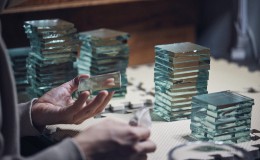
Second Year
The primary aim in the second year is to cultivate students' individuality and creativity. Students will produce artwork of their own choice. By doing so they will develop skills for giving a wide range of expressions and forms to their work.
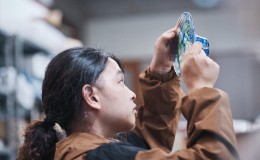
HOTWORK
Hotwork I
In this course students will gain a strong foundation in the hot shop. They will obtain a deep understanding of form and color through demonstrations, lectures and practical training sessions. During the practical training sessions, the students will learn to cooperate with each other and to work as a team. They will gain experience and skills for expressing themselves in the art of blown glass with confidence. Personalized guidance is also provided in order to foster the merits of individual students.
Hotwork I / Takaki Miyamoto and Makiko Nakagami
Hotwork II
Students will deepen the understanding of the basic techniques they learned in the first year. In carrying out assigned projects, they will question the characteristics of the material, make experiments and explore new possibilities. Students are encouraged to broaden their ideas and do research actively. In addition to attending demonstrations and lectures, they will engage themselves with molten glass through the production of their work.
Hotwork II / Makiko Nakagami and Takaki Miyamoto
FLAMEWORK
Flamework I
Students will learn the basic techniques and knowledge of equipment such as solid work, stringer work (cane work), and tube glassblowing. By learning about colored glass, color changes caused by oxidizing and reducing flames, and the use of other techniques, students will deepen their understanding and exploration of materials.
Flamework I / Runa Kosogawa
Flamework II
Students will conduct a series of studies, experiments, and discussions based on what they learned in the first year. Through dialogue, they will seek to expand the range of output of their works and establish originality. The program also encourages students to reconsider exhibition methods and acquire knowledge of equipment with a view to post-graduation activities.
*2nd year students will choose either hotwork or flamework.
*2nd year students will choose either hotwork or flamework.
Flamework II / Runa Kosogawa
KILNWORK
Kilnwork I
Kilnwork is the process of shaping glass in an electric furnace. Students will learn basic kilnworking techniques such as casting, pâte de verre, fusing, and slumping, while learning about glass as a material. In the second semester, based on the materials and techniques learned in the first semester, students will begin to explore new methods of expression on the kiln.
Kilnwork II
Based on the kilnworking techniques and characteristics of glass learned in the first year, students will pursue originality in their own works. In addition to the semester-long research,
students will aim to create glass works from their own perspective. The class will participate in group discussions, and students will write artist statements.
Finally, the works will be exhibited off campus as a research presentation.
Kilnwork I and Kilnwork II / Koichi Matsufuji
COLDWORK
Coldwork I
Students will learn a wide range of basic coldworking techniques such as polishing, cutting, sandblasting, and gluing. Through discussions with the instructor, students will think deeply about the given theme, create a concept, and combine the techniques they have learned in coldworking classes and other subjects to create their works.
Coldwork II
Students will learn applied techniques such as grinding and polishing using unique water sanding tools. Students will also learn about the different levels of acid washing. The use of these tools will generate knowledge of various surface finishes, and differences in the expressive qualities in glass.
While working on their own themes using their preferred techniques, students will aim to create works that deepen their specialized techniques and concepts in preparation for an off-campus coldworking class exhibition.
*In the second year, students will choose either kilnwork or coldwork.
While working on their own themes using their preferred techniques, students will aim to create works that deepen their specialized techniques and concepts in preparation for an off-campus coldworking class exhibition.
*In the second year, students will choose either kilnwork or coldwork.
Coldwork I and Coldwork II / Jiri Suchy
FOUNDATION
First year Two-Dimensional, Three-Dimensional
In the first semester of the first year, students acquire basic knowledge and techniques for two-dimensional and three-dimensional works. While being exposed to various materials other than glass, students will develop their observation skill, awareness of composition, and imagination through class exercises.
Two-Dimensional / Nao Kawano Fujii
Three-Dimensional / Mana Watanabe
Second year Exercises in Practical Arts
In the first semester of the second year, students learn comprehensively about matters related to the creation of artworks. Starting from knowing materials and making things, students will learn in a practical manner about various elements related to production, including the development of production ideas and how to exhibit works.
Exercises in Practical Arts / Rui Sasaki
GLASS MATERIALS
This lecture series is given by a material scientist, who will give students scientific knowledge on material characteristics of glass. The series takes place every other year and consists of four lectures.
Toru Yoshino
HISTORY OF
GLASS ART
GLASS ART
This lecture series deals with the history of glass ranging from the origin of glass to modern times. The series takes place every other year and consists of four lectures.
Kozo Hatakeyama
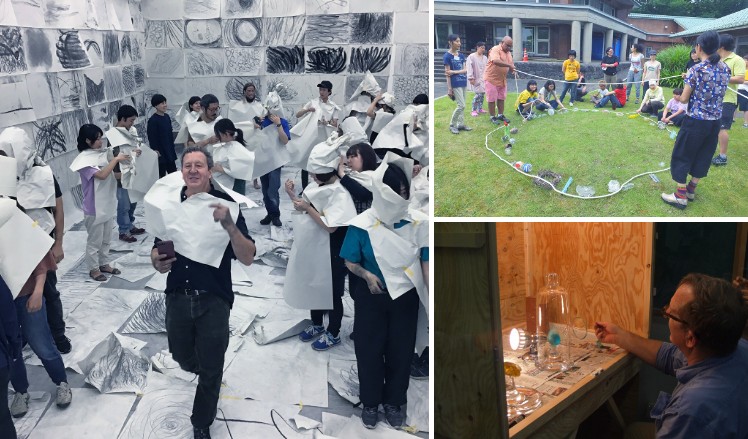
One-week workshop with a glass artist from overseas, held twice a year.
To broaden the students experience, TIGA invites a renowned artist from overseas in spring and fall every year for a one-week workshop. It provides a special opportunity for the students to interact with the artists through a collaborative project, a party organized by the students and other activities. To coincide with the fall workshop, an intramural exhibition is held to display student work. Further, demonstrations and lectures are open to the public on the Open Day, which is also arranged during the fall workshop.
Advanced Research
Studies Program
Studies Program
First Year
In the first year, students will examine their work and develop ideas according to themes they research.

Second Year
In the second year, students will further investigate the originality of their work and complete graduation work.

Advanced Research I, II
In the first year, each student sets his or her own research theme with the guidance and advice of the lead instructor, and produces work based on the research plan he or she has designed. Six professors will critique students' work on a regular basis to help them develop their ideas and improve their ability to express them.
Advanced Research I, II / Makiko Nakagami, Koichi Matsufuji,
Jiri Suchy, Dylan Palmer,
Runa Kosogawa and Miyamoto Takaki
(Hotwork/ Dylan Palmer)
Final Project I, II
In the second year, students deepen the originality of their work and move on to their final project. One instructor will always be available as a tutor for each student, and the lead instructor and other instructors will provide support, from the idea to the technical aspects of the work.
Final Project I, II / Makiko Nakagami, Koichi Matsufuji,
Jiri Suchy, Dylan Palmer,
Runa Kosogawa and Miyamoto Takaki
PROFESSIONAL ART PRACTICE
Professional Art Exercises
Special classes by instructors from various fields to establish professional originality and improve presentation skills
*2025 Lecturers: Aiko Miyanaga (contemporary artist),
Hiroki Yamamoto (cultural researcher)


One-week workshop with a glass artist from overseas, held twice a year.
To broaden the students experience, TIGA invites a renowned artist from overseas in spring and fall every year for a one-week workshop. It provides a special opportunity for the students to interact with the artists through a collaborative project, a party organized by the students and other activities. To coincide with the fall workshop, an intramural exhibition is held to display student work. Further, demonstrations and lectures are open to the public on the Open Day, which is also arranged during the fall workshop.
Visiting Scholar
Program
Program
Visiting Scholar Program
This is a course for those having a professional working experience in glass art for at least two years. Visiting Scholars study for three or six months (three months in the case of overseas applicants) and during that time they produce work based on a research theme of their own choice. They produce their work taking advice from the faculty, so that they can expand the scope of their work and deepen their research. Applications are accepted occasionally. Admission is approved based on an examination with a prior consultation, taking into account the student enrolment at the time and the applicant's research plan. For an application, please request a prior consultation to check the availability of the program.
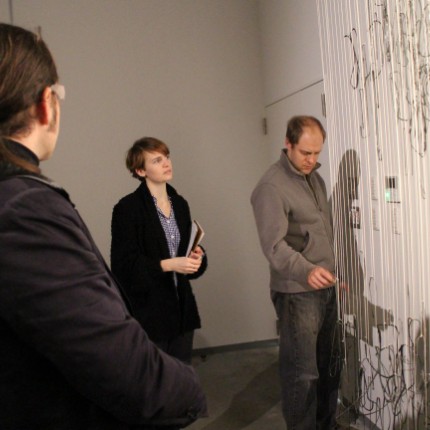
Visiting Scholar Program
This is a course for those having a professional working experience in glass art for at least two years. Visiting Scholars study for three or six months (three months in the case of overseas applicants) and during that time they produce work based on a research theme of their own choice. They produce their work taking advice from the faculty, so that they can expand the scope of their work and deepen their research. Applications are accepted occasionally. Admission is approved based on an examination with a prior consultation, taking into account the student enrolment at the time and the applicant's research plan. For an application, please request a prior consultation to check the availability of the program.
APPLICATION
GUIDELINES
GUIDELINES
Click here for the Application Guidelines of our Programs.
- Glass Certification
Studies Program - Advanced Research
Studies Program - Visiting Scholar
Program
Glass Certification
Studies Program
Studies Program
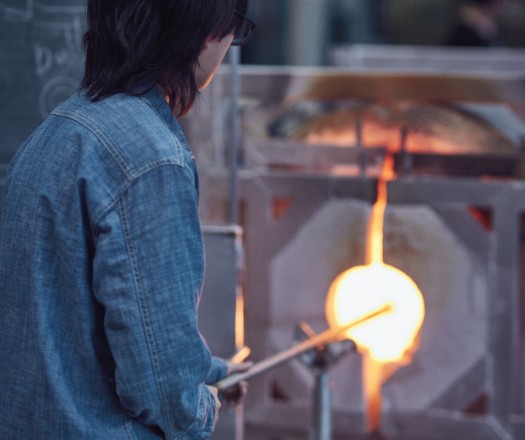
The Glass Certification Studies Program offers solid professional education with a two-year curriculum.
Students will learn basic theory and techniques of glass art, get engaged in the act of creation based on their ideas in the elective courses, and thereby obtain necessary skills for freely giving shapes and expressions to their work. Emphasis is placed on learning the basics of art such as sketches and designs.
Glass Certification Studies Program Application, Academic Year 2026
| Class |
Maximum Number of Students: 16 Period of Study: 2 years |
|---|---|
| Eligibility for Application | The applicant must have a high school diploma, be expected to have one by the end of March 2026, or have an equivalent academic competence. |
| Period of Application |
Admission based on Recommendation: From Tuesday, October 21, 2025 to Thursday, November 6, 2025. General Admission A: From Thursday, November 13, 2025 to Tuesday, December 9, 2025. General Admission B: From Tuesday, February 17, 2026 to Thursday, March 5, 2026.
The Office is open from 9 a.m. to 5 p.m. on weekdays. It is closed on Saturdays, Sundays and public holidays.
If the application is sent by mail, the document must arrive at the Office by the end of the Period of Application. If the number of applicants for general admission examination A is reached, general admission examination B will not be held. |
| Admission Examination |
Admission based on Recommendation: Interview on Monday, November 17, 2025. General Admission A: Practical Skills Test (2D and 3D) on Friday, December 19, 2025. Interview on Saturday, December 20, 2025. General Admission B: Practical Skills Test (2D and 3D) and Interview on Friday, March 13, 2026.
If the number of applicants for general admission examination A is reached, general admission examination B will not be held.
|
| Announcement of Accepted Applicants |
Admission based on Recommendation: At noon on Tuesday, November 25, 2025. General Admission A: At noon on Thursday, December 25, 2025. General Admission B: At noon on Monday, March 16, 2026.
If the number of applicants for general admission examination A is reached, general admission examination B will not be held.
|
| Examination Fee | 18,000 yen |
| Admission Fee |
135,300 yen (required for applicants who are residents of Toyama City) 169,200 yen (required for other applicants) |
| Tuition Fee | 390,000 yen per year, or 32,500 per month (There is a tuition fee reduction and exemption scheme.) |
Click here to download the application guidelines
Advanced Research
Studies Program
Studies Program
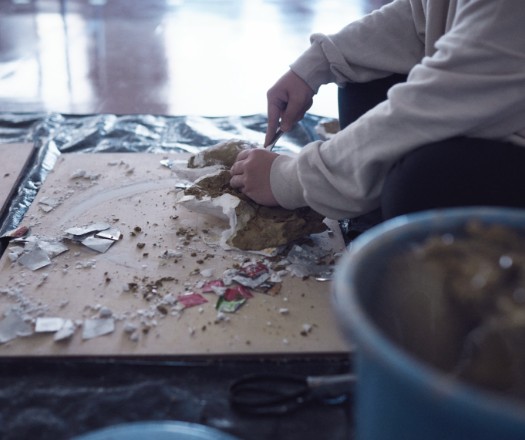
The Advanced Research Studies Program offers the opportunity for students to establish their originality as glass artists and deepen their learning.
Each student will set their research theme and study plan for themselves taking guidance and advice from the teacher in charge and carry out the research according to the plan.
Advanced Research Studies Program Application, Academic Year 2026
| Class |
Maximum Number of Students: 5 Period of Study: 2 years |
|---|---|
| Eligibility for Application | The applicant must have completed the Glass Certification Studies Program at Toyama Institute of Glass Art, or is expected to complete it by the end of March 2026, or is regarded as having equivalent knowledge and skills. |
| Period of Application |
From Tuesday, October 21, 2025 to Thursday, November 6, 2025.
The Office is open from 9 a.m. to 5 p.m. on weekdays. It is closed on Saturdays, Sundays and public holidays.
If the application is sent by mail, the document must arrive at the Office by the end of the Period of Application. |
| Admission Examination | Interview on Tuesday, November 18, 2025. |
| Announcement of Accepted Applicants | At noon on Tuesday, November 25, 2025. |
| Examination Fee | 18,000yen |
| Admission Fee |
135,300 yen (required for applicants who are residents of Toyama City) 169,200 yen (required for other applicants) |
| Tuition Fee | 390,000 yen per year, or 32,500 per month (There is a tuition fee reduction and exemption scheme.) |
Click here to download the application guidelines
Necessary Documents
Visiting Scholar
Program
Program
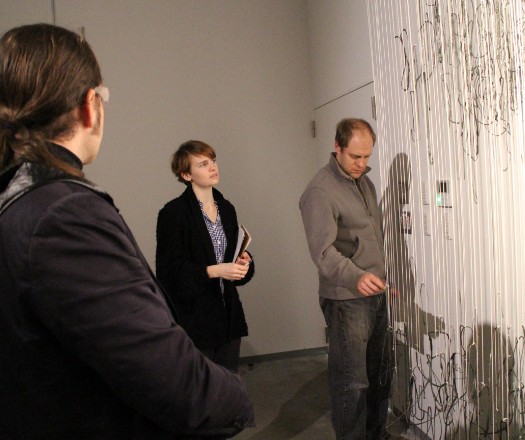
The Visiting Scholar Program provides glass professionals with a perfect setting for further development as an artist.
This course is for glass professionals with at least two years of experience. They can use TIGA's excellent facilities for pursuing their own artistic theme. Enrolled at TIGA as students, they will be able to broaden the range of their work and to produce experimental work as part of their research.
Visiting Scholar Program Application, Academic Year 2022
| Class | One year, six months or three months |
|---|---|
| Eligibility for Application | The applicant must have completed the Advanced Research Studies Program at Toyama Institute of Glass Art or is regarded as having equivalent skills and knowledge and has at least two years of experience as a glass artist. |
| Period of Application | There is currently no vacancy for this Program. |
| Admission Examination | There is currently no vacancy for this Program. |
| Announcement of Accepted Applicants | There is currently no vacancy for this Program. |
| Examination Fee | 9,000 yen |
| Admission Fee |
40,590 yen (required for applicants who are residents of Toyama City) 50,760 yen (required for other applicants)
※Admission fees for a student of the Visiting Scholar Program with a planned research period of 3 months will not be collected.
|
| Tuition Fee | 21,750 yen per month |

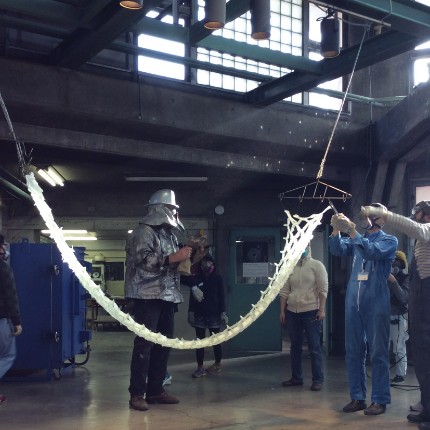
About the Artist-in-Residence program
Toyama Institute of Glass Art initiated its Artist-in-Residence program in 2010, aiming to promote glass art and cultural activities in Toyama City, to invigorate the local communities and to develop human resources.
FACULTY
Jin Hongo graduated from Tohoku University, Faculty of Engineering with a major in metal engineering. He learned glass art at the Tokyo Glass Art Institute. He became a teaching assistant at TIGA when it was founded. He has been teaching here ever since and held workshops as a glass artist in and out of Japan for the education of younger artists.
President
Jin Hongo
At TIGA you confront the glass, reflect on yourself and learn side by side with your fellow students. Everything you learn here will be the key for opening the door to the future. You have infinite possibilities. We will do our utmost to help you realize your dream and ambitions.
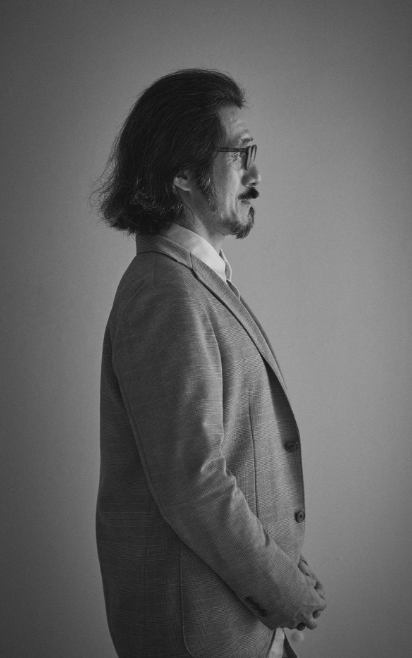
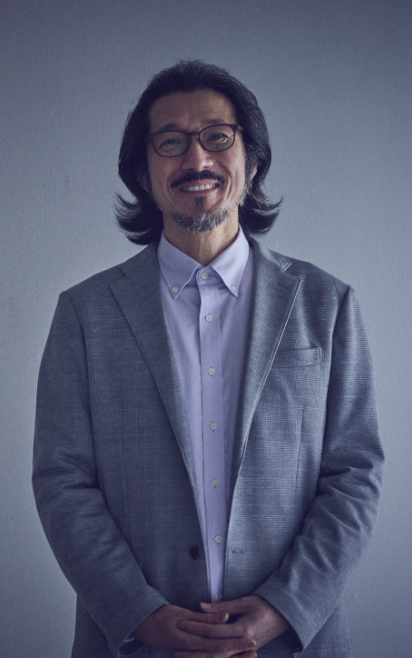
Makiko Nakagami is from Aichi Prefecture, Japan. She graduated from Aichi University of Education, General Modeling Arts Course with a major in glass art in 1994 and continued her study there as a research student under Michael Rogers.
She then completed traineeship at the Kanazawa Utatsuyama Craft Workshop and worked in various studios. She started teaching at TIGA in 2006 and has been an associate professor since 2016.
She then completed traineeship at the Kanazawa Utatsuyama Craft Workshop and worked in various studios. She started teaching at TIGA in 2006 and has been an associate professor since 2016.
Head Professor
Makiko Nakagami
TIGA is an exciting place where you can expand your possibilities and have a link with somewhere in the world. This is a marvelous place where you can connect with the world by means of glass and encounter diverse values, novel works, unique people and fresh ideas.
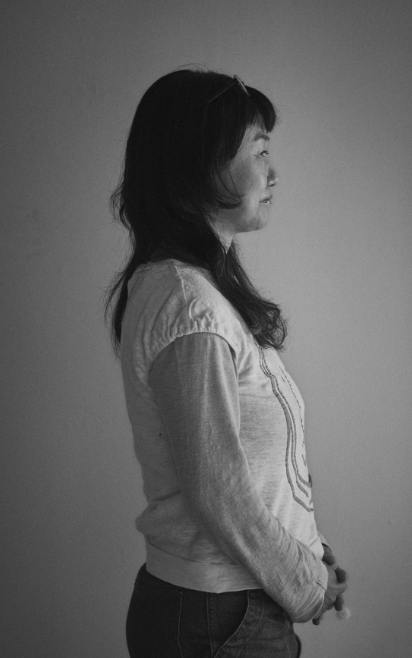
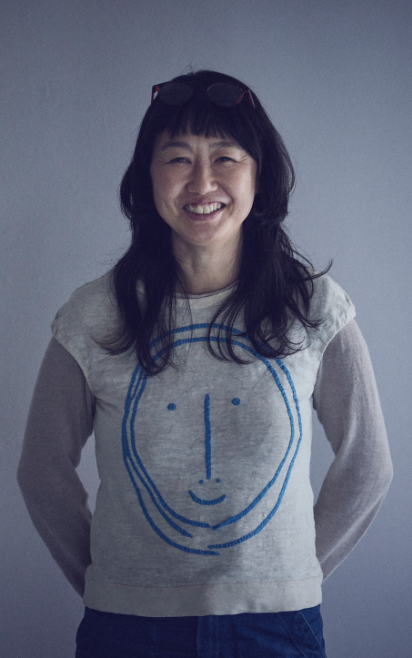
After graduating from Aichi University of Education in 1995, Koichi Matsufuji studied in the United States on a Researcher Overseas Grant from the Pola Art Foundation. He received his Master of Fine Arts degree from Illinois State University School of Art in 2001. Utilizing glass as the main material, together with natural objects, insect specimens and antique items, Matsufuji explores light in the context of the relation between humanity and nature, the potential power of land and substance, and the prayer that originates in imagination.
Professor
Koichi Matsufuji
It is important to choose carefully what you learn and where you learn it. You should come here if you want to learn glass art in Toyama even after you have found out about other glass art schools in the world.
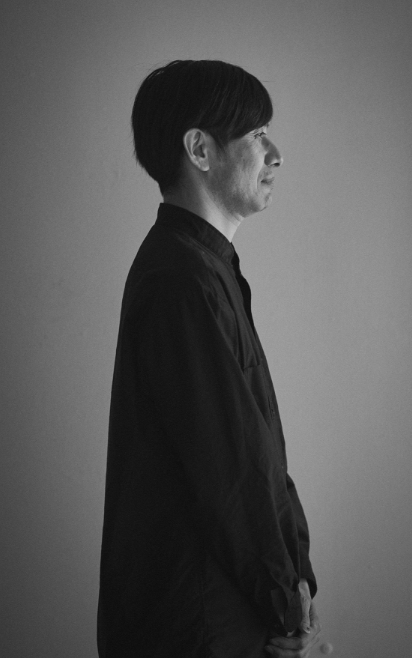
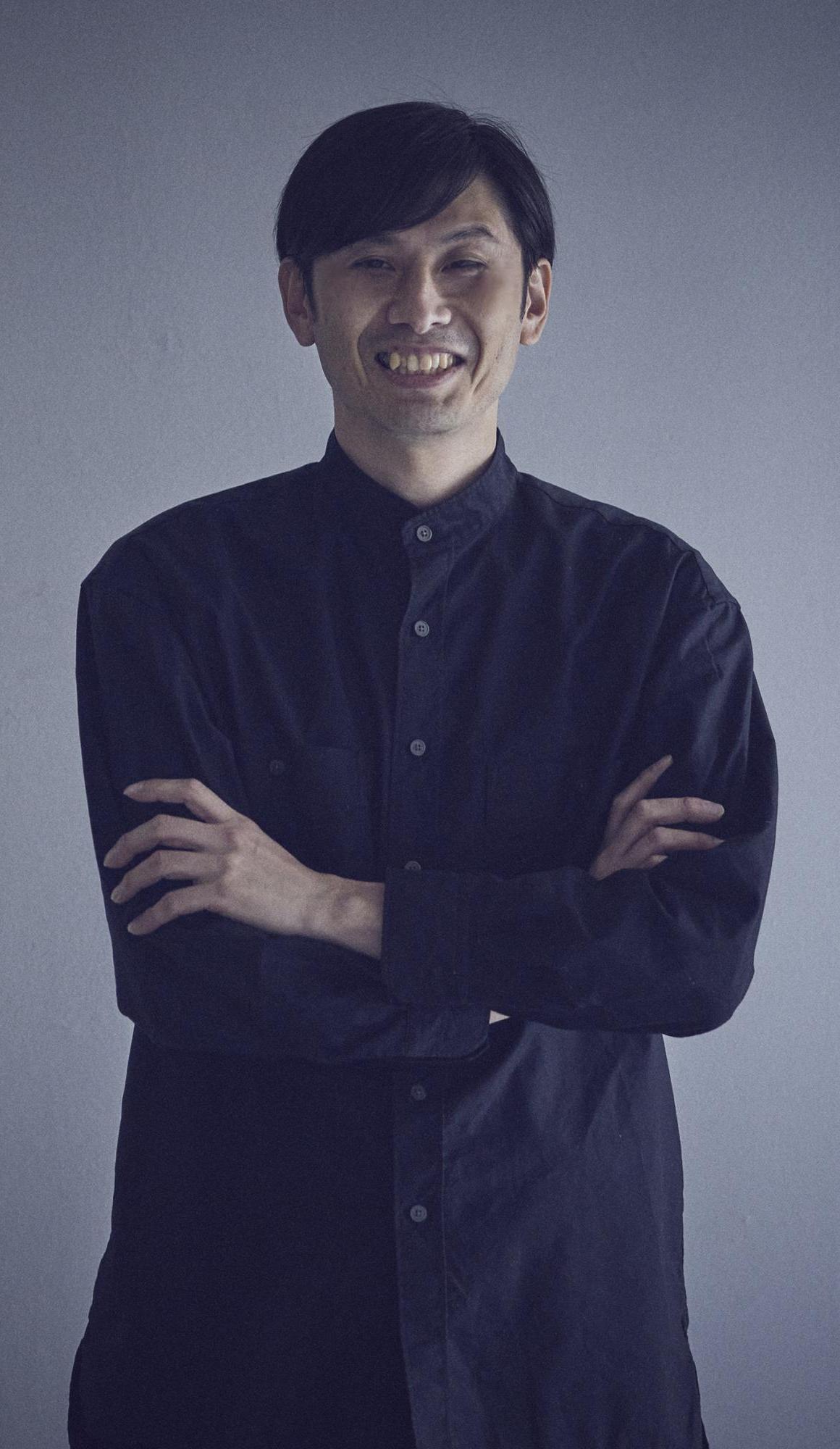
Jiri Suchy received a degree in art-craft glass-blowing and than the Master of Art degree in architecture and design at the Academy of Art, Architecture and Design in Prague, the Czech Republic.
He designs and realizes original objects, sets and sculptures, mainly devoted to the creation of glass casted sculptures (mold melted glass), blown glass and combines other techniques. He designs interiors, creates acrylic and hot glass paintings, cooperates with many galleries, was a member of several symposia or publicly demonstrates his art. He also taught at the Glass School in Novy Bor in the Czech Republic for about 13 years.
He designs and realizes original objects, sets and sculptures, mainly devoted to the creation of glass casted sculptures (mold melted glass), blown glass and combines other techniques. He designs interiors, creates acrylic and hot glass paintings, cooperates with many galleries, was a member of several symposia or publicly demonstrates his art. He also taught at the Glass School in Novy Bor in the Czech Republic for about 13 years.
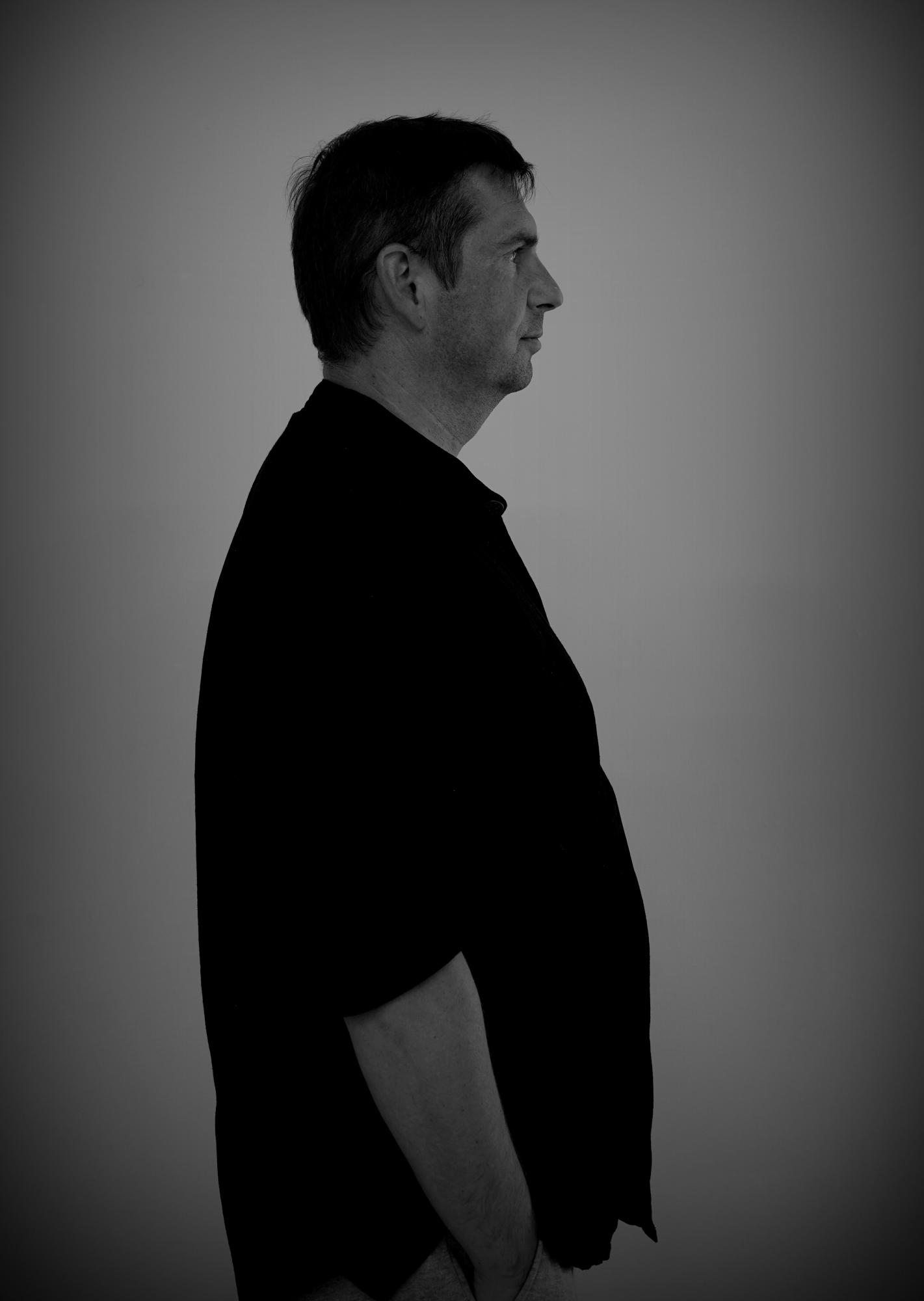
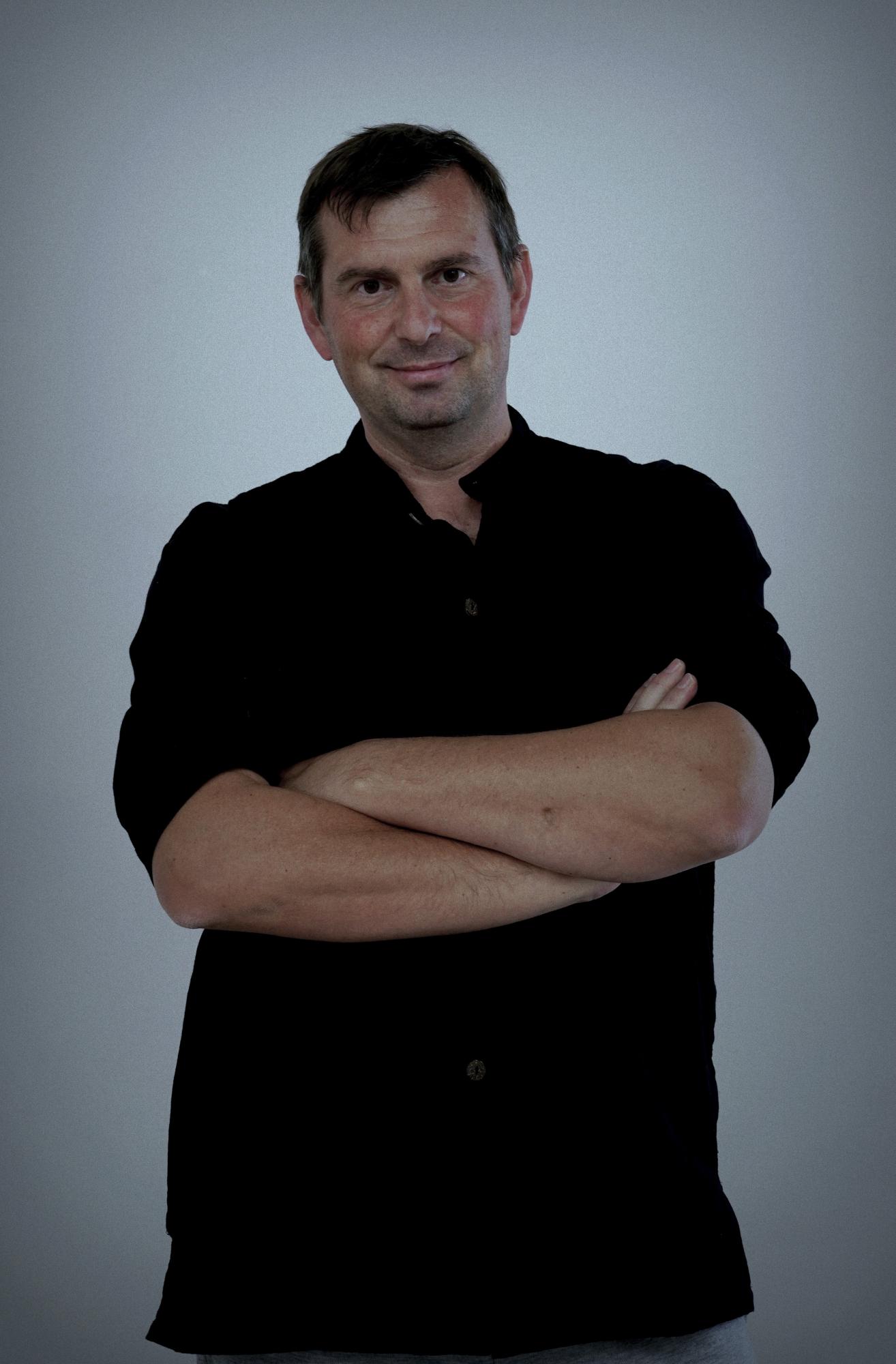
Dylan Palmer (b. 1975) is an American artist and Associate Professor at the Toyama Institute of Glass Art, in Toyama Japan. He earned an MFA in glass in 2005. Between 2018-2024, he taught across multiple disciplines in both the sculpture and ceramics departments at the School of the Art Institute of Chicago, and from 2021-24 served as the Foundry Director of SAIC. His work examines the vessel, craft, and pattern as records of culture; the creation of visual conduits between the material and immaterial, offering visual pleasure and moments of perceptual liberation.
Associate Professor
Dylan Palmer
Glass is among the most important and most transformative materials. It can be directed in any imaginable way towards art, architecture, and everything in between. The technical and conceptual knowledge students gain at TIGA prepares them for any avenue they choose as professionals working in this field.


Runa Kosogawa received a Bachelor of Arts from Musashino Art University and completed the Advanced Research Studies Program at TIGA in 2008 in Japan. She studied abroad at The Australian National University as an exchange student in 2007.
She worked as a glass blower and a designer at Sugahara Glassworks Inc. from 2002 to 2004 and she was a lecturer in glass art and contemporary art at Nagoya University of the Arts (2019-22) in Japan. From 2023 she was a lecturer in flameworking at TIGA in Japan.
She established a glass studio with her husband, Yoshiaki Kojiro in Hida-Takayama in 2012 and is a recognized artist with collections in several museums, hotels and airport worldwide.
She worked as a glass blower and a designer at Sugahara Glassworks Inc. from 2002 to 2004 and she was a lecturer in glass art and contemporary art at Nagoya University of the Arts (2019-22) in Japan. From 2023 she was a lecturer in flameworking at TIGA in Japan.
She established a glass studio with her husband, Yoshiaki Kojiro in Hida-Takayama in 2012 and is a recognized artist with collections in several museums, hotels and airport worldwide.
Lecturer
Runa Kosogawa
I enrolled in this school with dreams in mind, and meeting classmates with the same aspirations and teachers who always gave their all to support me became the foundation of my life.
Everyone has their own way of carving out their own path in life. Let's discover the joy of creativity and carve out a rich life together.
Everyone has their own way of carving out their own path in life. Let's discover the joy of creativity and carve out a rich life together.


Asa Hashimoto is from Toyama Prefecture. She received a Bachelor of Fine Arts from Parsons School of Design with a major in fine arts. She completed the Glass Certification Studies Program at TIGA in 2018 and has been a teaching assistant at TIGA since 2019.
Teaching Assistants
Asa Hashimoto
TIGA is an exceptional place because you can learn glass art in an environment which is blessed with the abundant nature of Toyama and is international in character. Refine your artistic sensitivity fully and find many new possibilities.
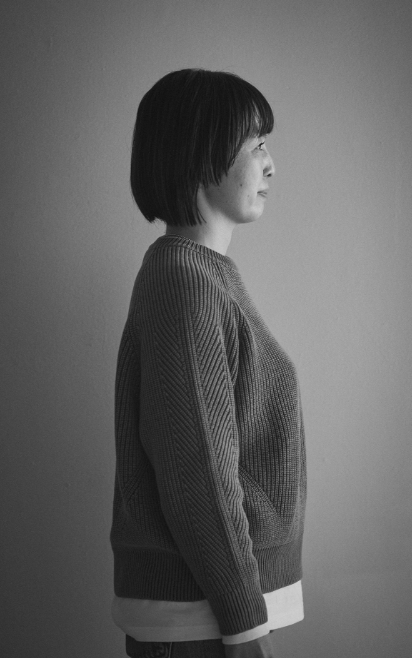
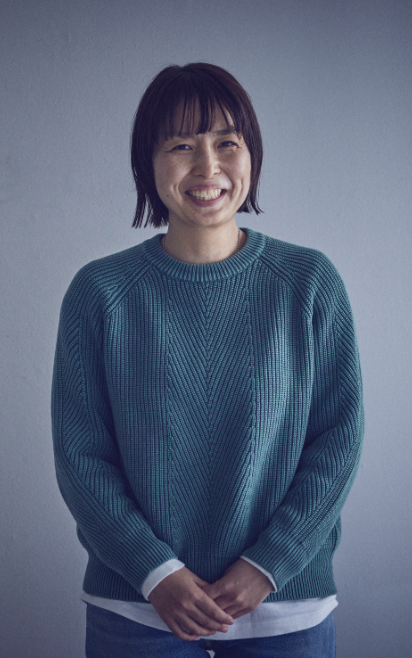
Born in Gunma. She received Foundation Diploma in Art and Design from Chelsea College in London in 2009, and BA(Hons) Glass and Ceramics from University of Sunderland in the UK in 2018. Working at TIGA since 2023.
Teaching Assistant
Natsumi Amagasa
Glass world is very small. I am looking forward to seeing you spread your wings around the world with the skills, knowledge, and connections you have cultivated at this school.
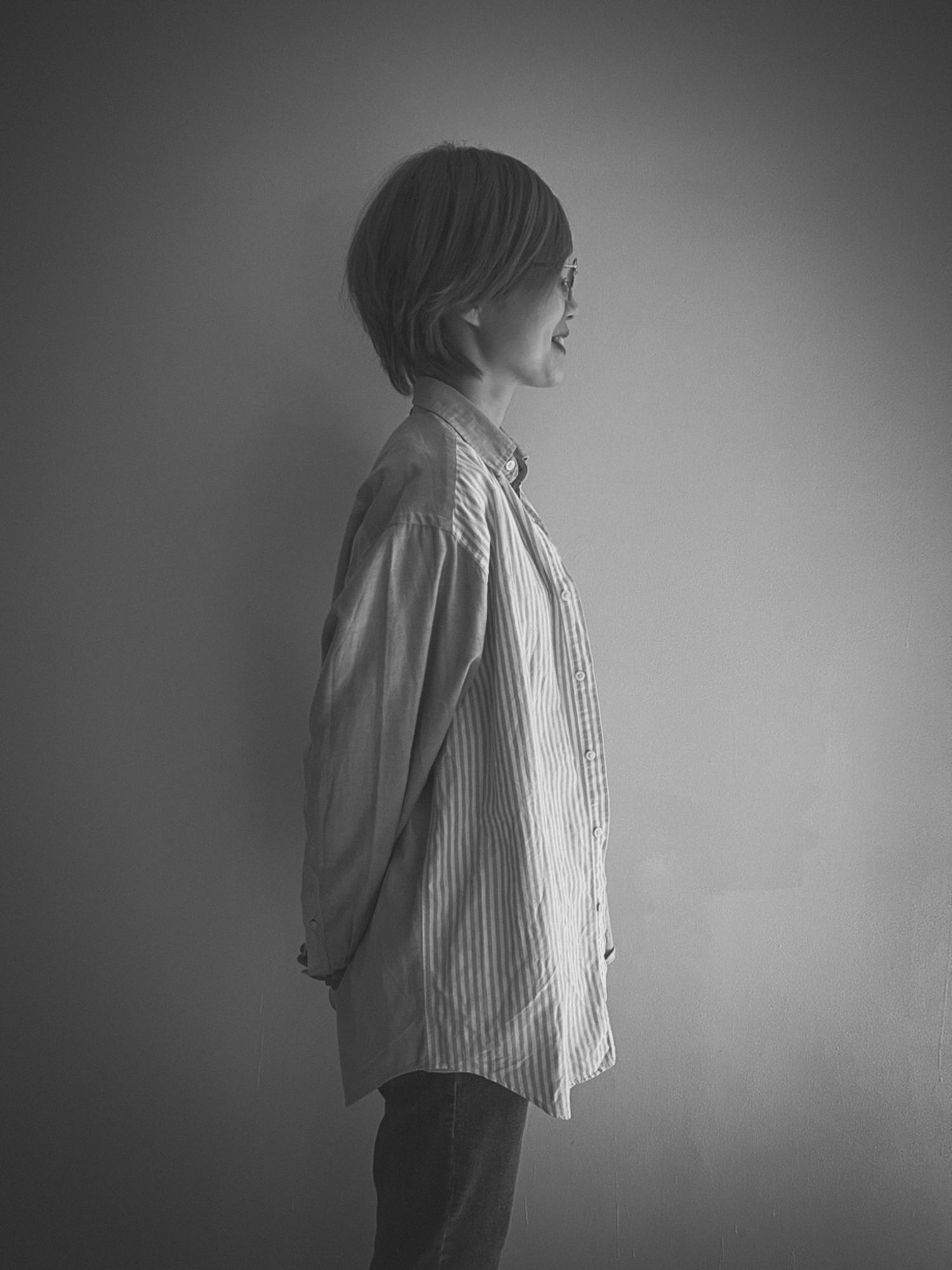
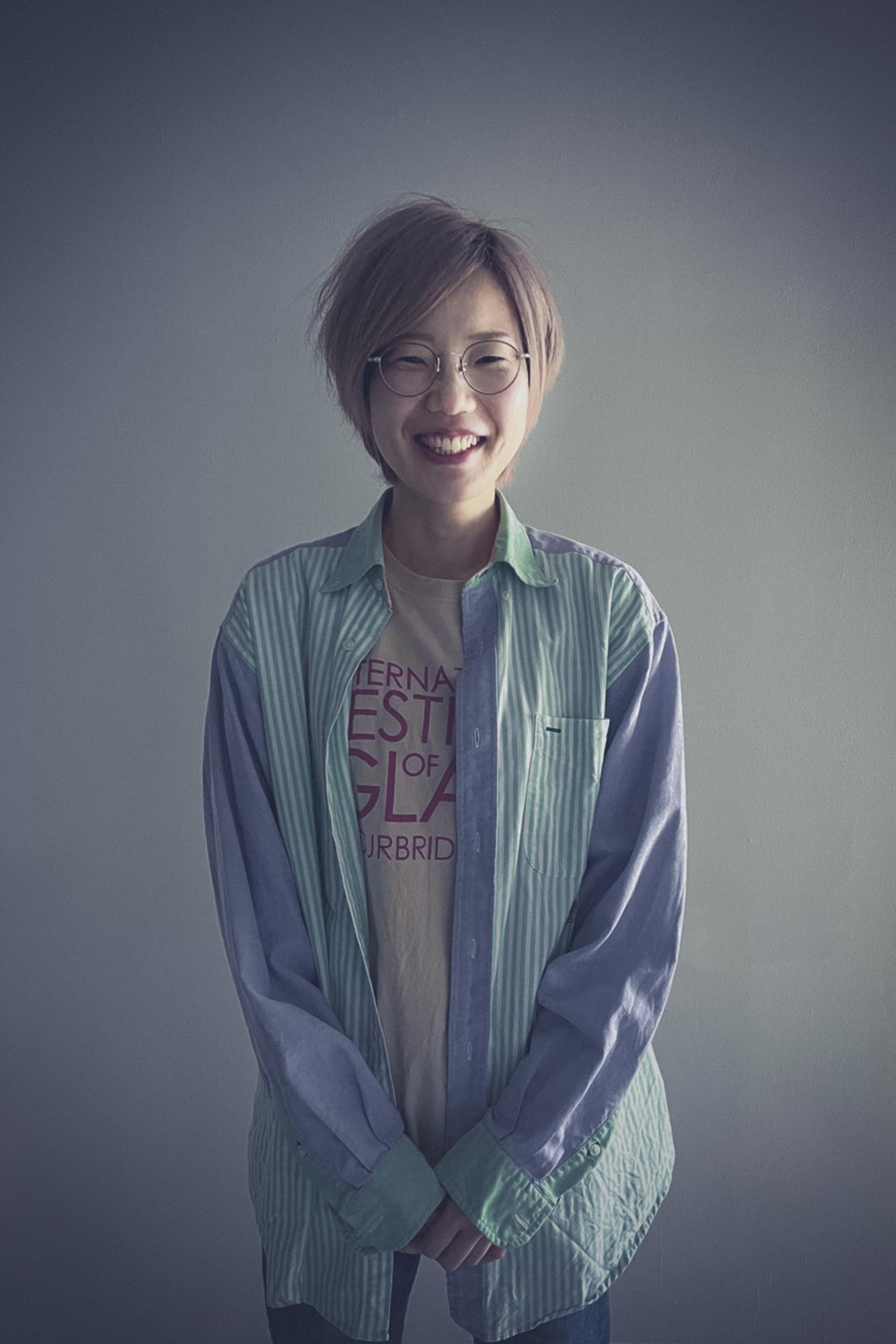
Born in Toyama City, Toyama Prefecture.
Graduated from Akita Municipal Junior College of Arts and Crafts.
Graduated from Toyama Institute of Glass Art.
Staff member of Toyama Glass Studio.
Kanazawa Utatsuyama Kogei Kobo Completed.
Graduated from Akita Municipal Junior College of Arts and Crafts.
Graduated from Toyama Institute of Glass Art.
Staff member of Toyama Glass Studio.
Kanazawa Utatsuyama Kogei Kobo Completed.
Teaching Assistant
Emi Hirose
Enjoy facing the glass to your heart's content in this place equipped with the best facilities.
Don't forget to feel excited.
Don't forget to feel excited.
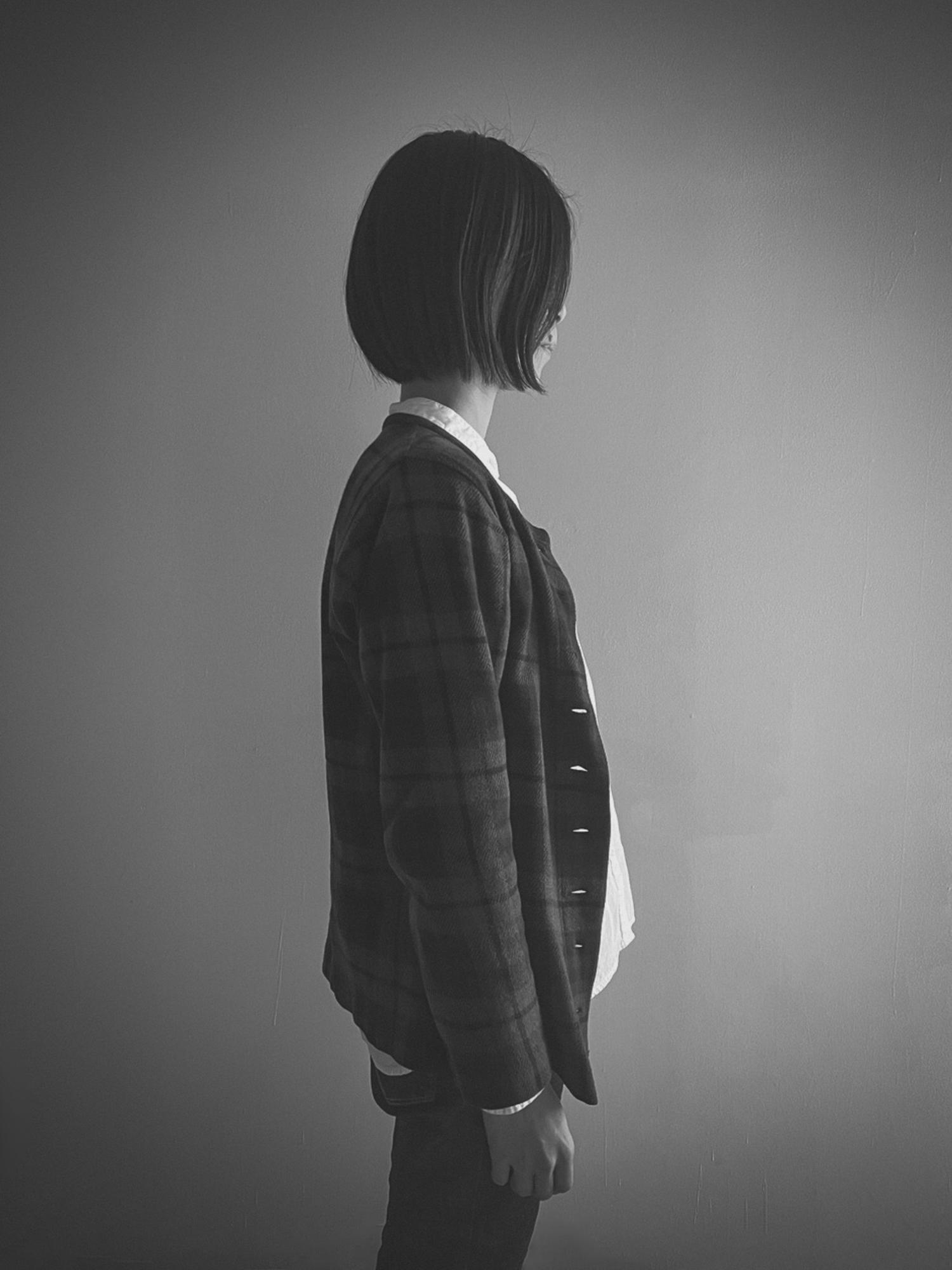
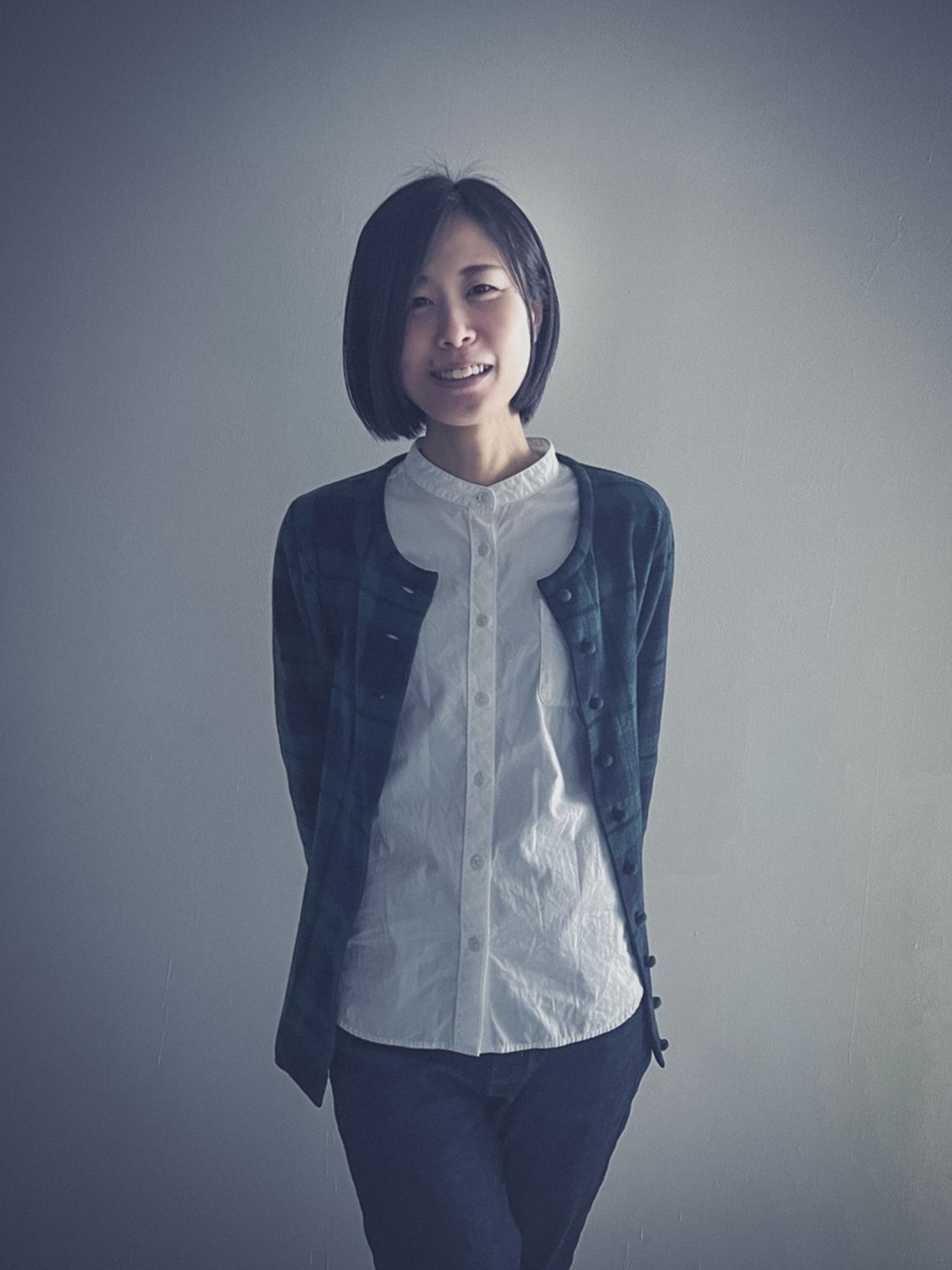
2022 Trainee, Kanazawa Utatsuyama Kogei Kobo
2018 Advanced Research Studies Program, Toyama Institute of Glass Art
2016 Glass Certification Studies Program, Toyama Institute of Glass Art
2018 Advanced Research Studies Program, Toyama Institute of Glass Art
2016 Glass Certification Studies Program, Toyama Institute of Glass Art


Creative Advisor/Instructors
OPEN
President
Tetsuji Tsunekawa
Senior Adviser
Atsushi Takeda
Creative Advisor
Ryoji Shibuya
Instructors
2DHaruko Nishi / 3DSusumu Kaji / FlameworkingRuna Kosogawa / Stained GlassZen Hachida / JewelryHiromi Morita / MetalworkTakio Nakamura / History of Glass ArtKozo Hatakeyama / Glass MaterialsToru Yoshino
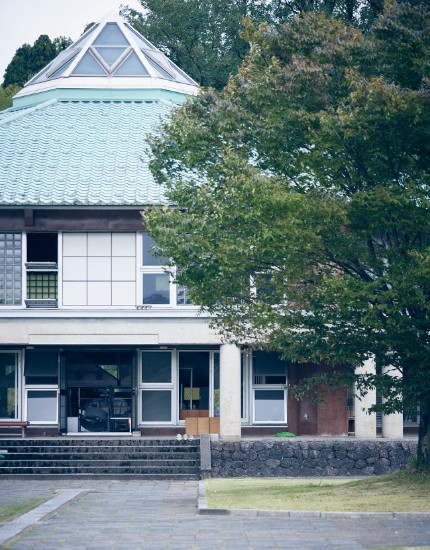
LOCATION
- Name of Institution
- Toyama Institute of Glass Art founded by the City of Toyama
- President
- Tetsuji Tsunekawa
- Address
- 80 Nishikanaya Toyama-shi, Toyama 930-0143 Japan
- Phone
- +81-76-436-2973
(FAX +81-76-436-2974)
Address | 80 Nishikanaya Toyama-shi, Toyama 930-0143 Japan

